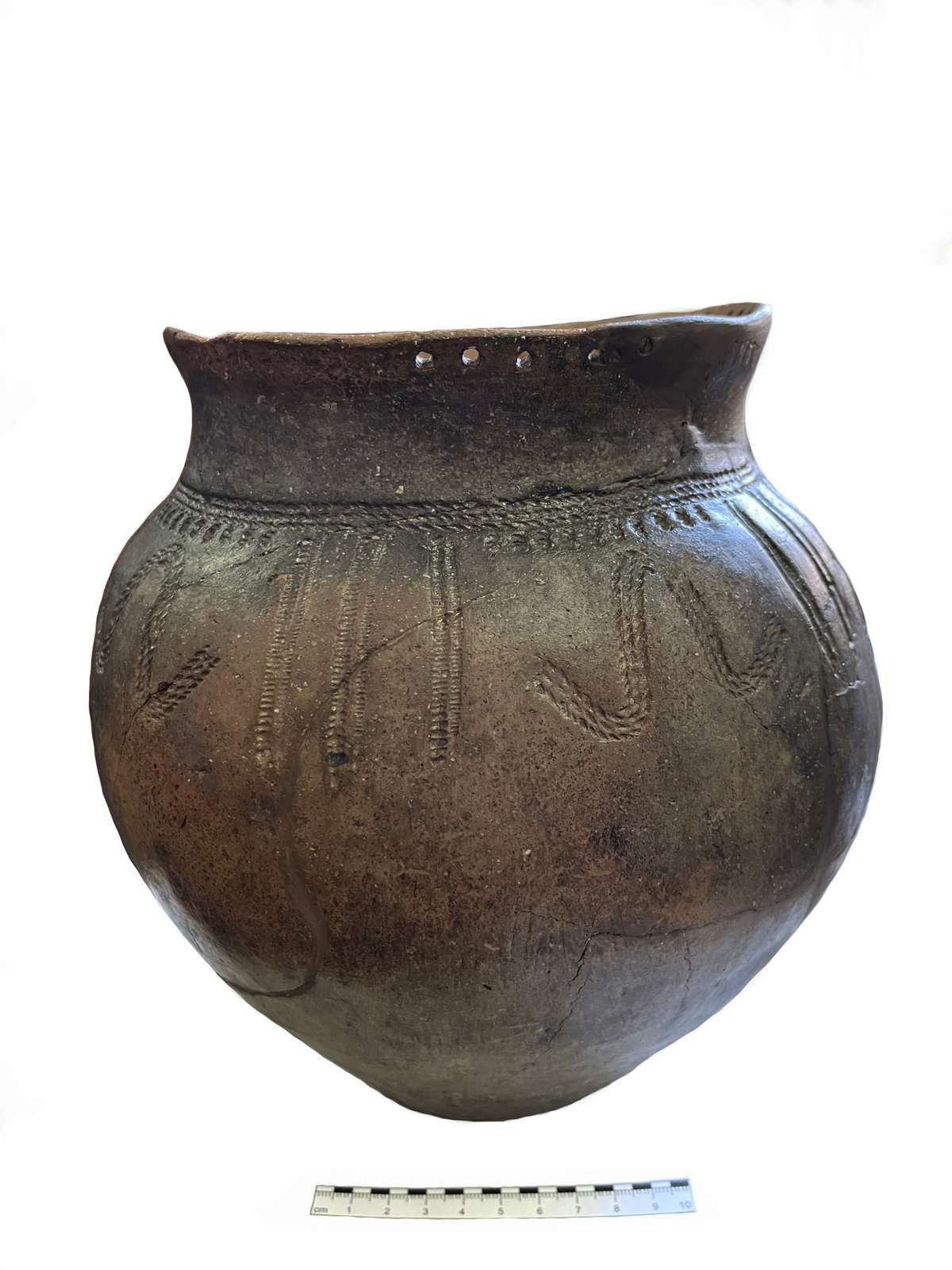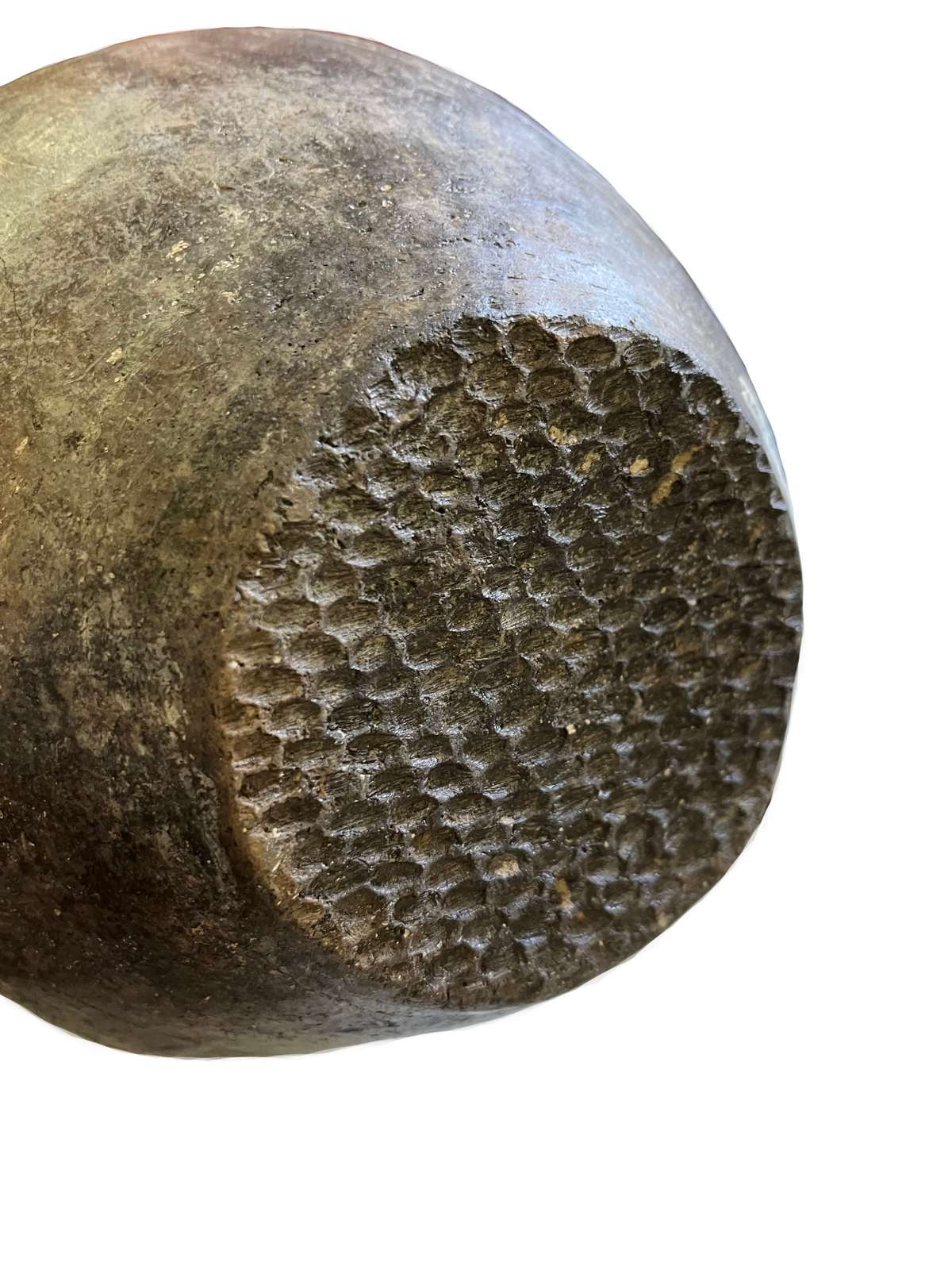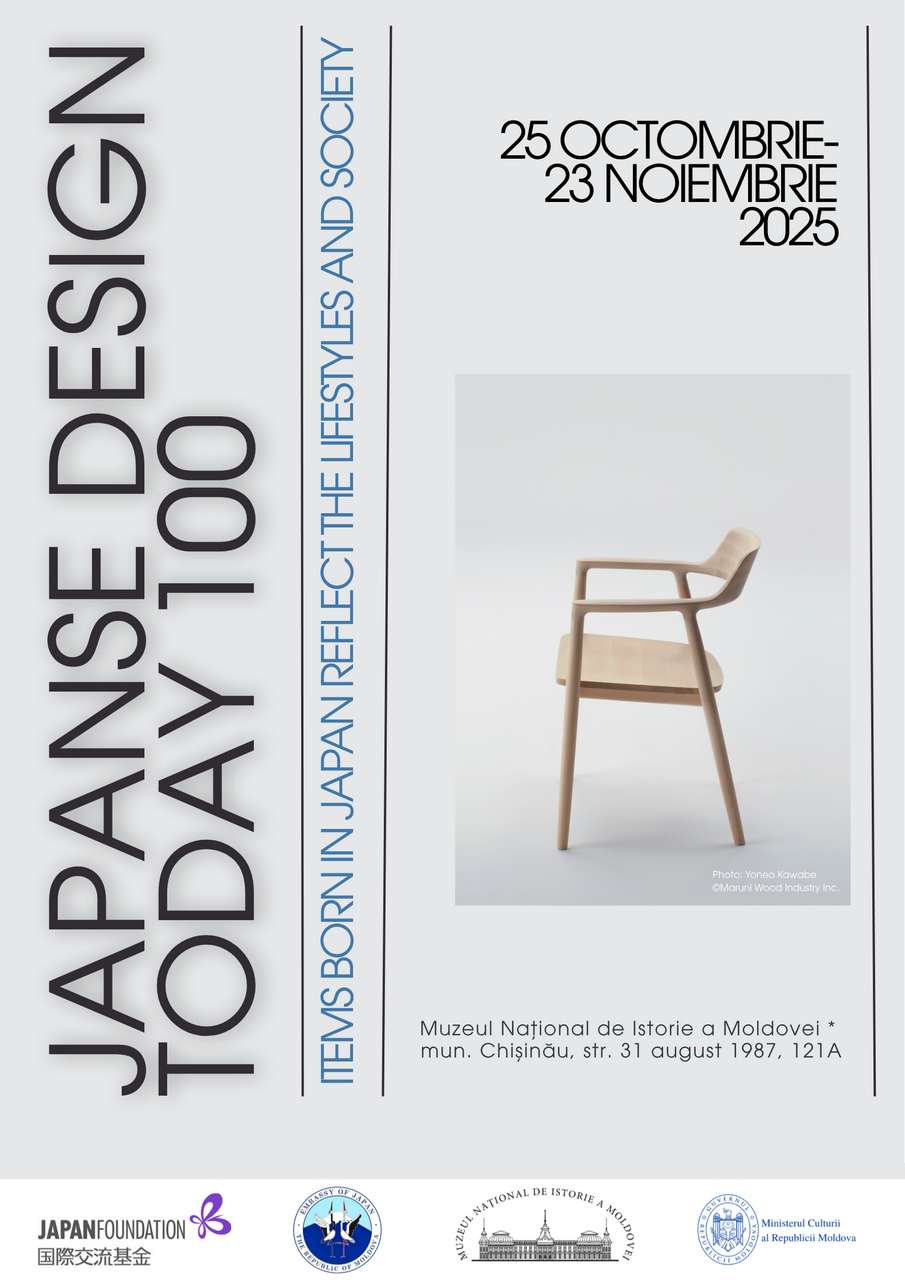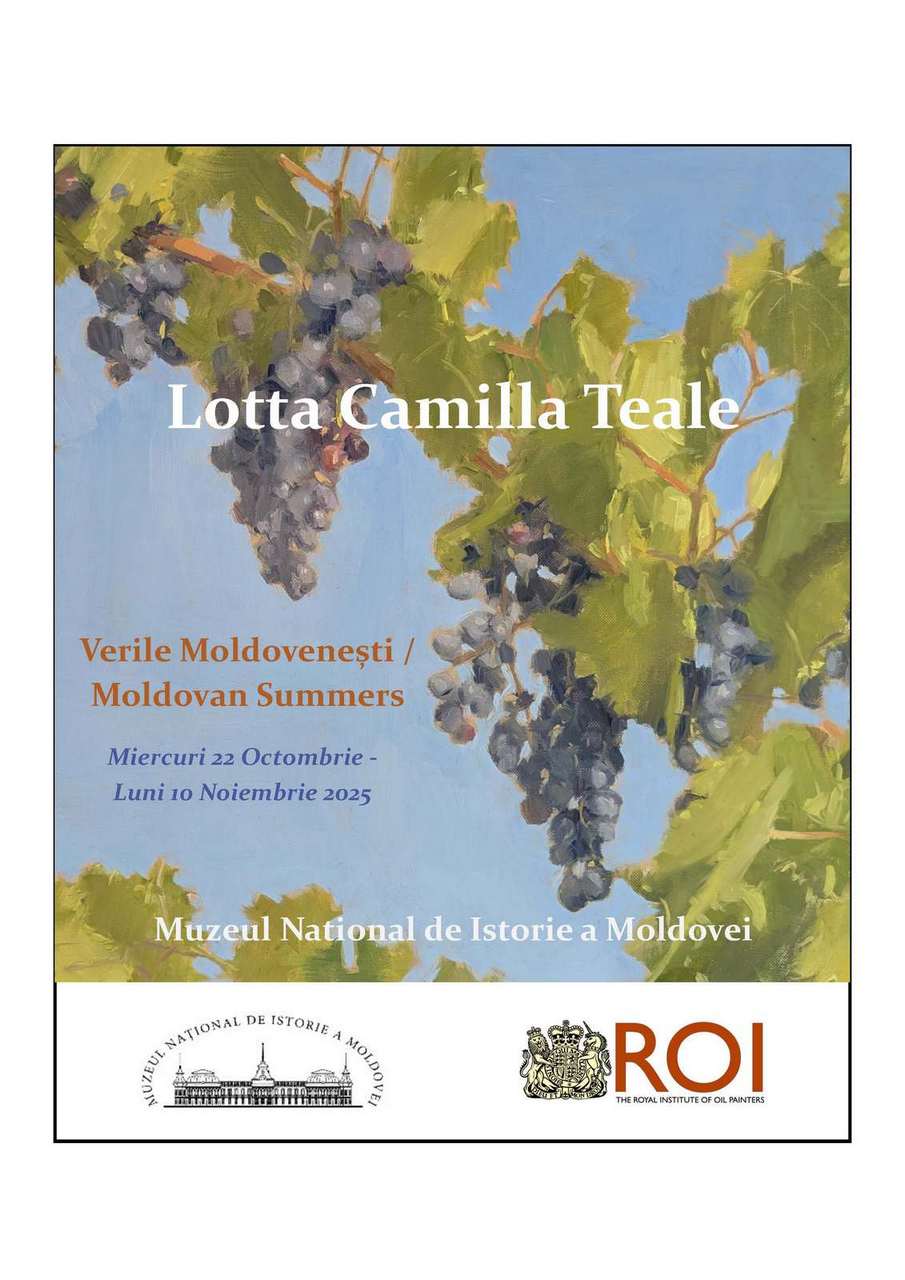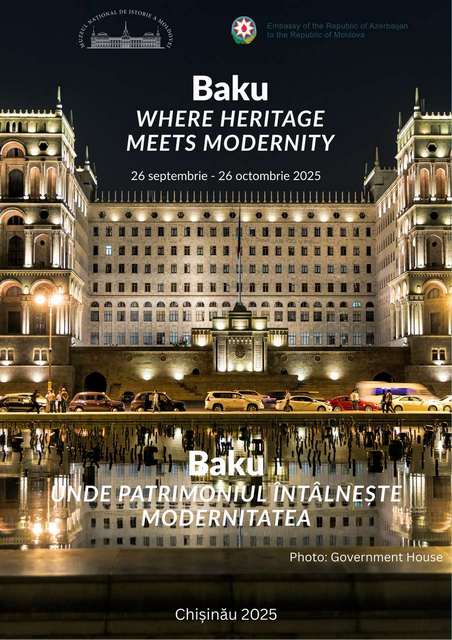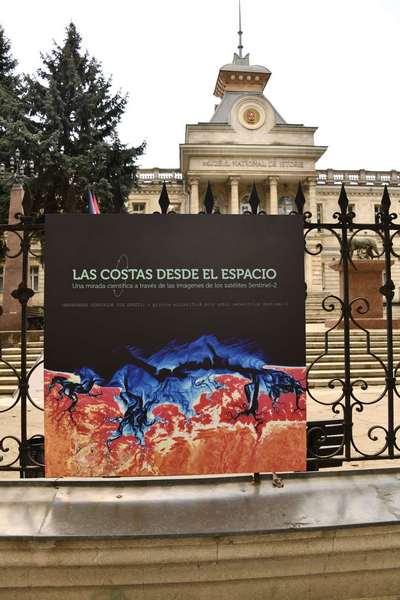The conference highlighted scientific concept of the exhibition "Liturgical Standard of Stephen the Great" (held in Chisinau on August 27 to September 10), addressing the main historical, artistic and conservation issues on the flag. There were presented the following communications:
1) Dr. Ernest Oberländer-Târnoveanu (National Museum of History of Romania, Bucharest).
Troubled History of "Discovery" of the Liturgical Standard of Stephen the Great in the Zograf Monastery (Mount Athos);
2) Dr. hab. Paul Parasca (Free International University of Moldova, Chisinau).
Saint George - Patron of the Army of the Medieval Moldavian State;
3) Dr. Petre Guran ("Mihai Eminescu" Romanian Cultural Institute in Chisinau).
From Standard to Icon: Introduction to the Prayer of Stephen the Great;
4) Acad. Andrei Eșanu, Valentina Eșanu (Institute of History, State and Law of the Academy of Sciences of Moldova, Chisinau).
Sword of Stephen the Great - a Symbol of Royal Power;
5) Cornel Ilie Constantin (National Museum of History of Romania, Bucharest).
1917-1919: Recovery and Repatriation of the Liturgical Standard of Stephen the Great from Mount Athos;
6) Dr. Silviu Tabac (Institute of Cultural Heritage of the Academy of Sciences of Moldova, Chisinau).
The Problem of Interpretation in Romanian Historiography of the Flag Given by Stephen the Great to the Zograf Monastery;
7) Dr. Oana Ilie, Alexandra Mărășoiu (National Museum of History of Romania, Bucharest).
The 43rd Year of Stephen the Great's Reign - the Year of Completion of Work on the Liturgical Standard of Zograf Monastery (12 April 1499 - 11 April 1500). Organizers: Ministry of Culture of the Republic of Moldova, Ministry of Culture and National Heritage of Romania, National Museum of Archaeology and History of Moldova, National Museum of History of Romania and the "Mihai Eminescu" Romanian Cultural Institute.











 31 August 1989 St., 121 A, MD 2012, Chisinau, Republic of Moldova
31 August 1989 St., 121 A, MD 2012, Chisinau, Republic of Moldova



